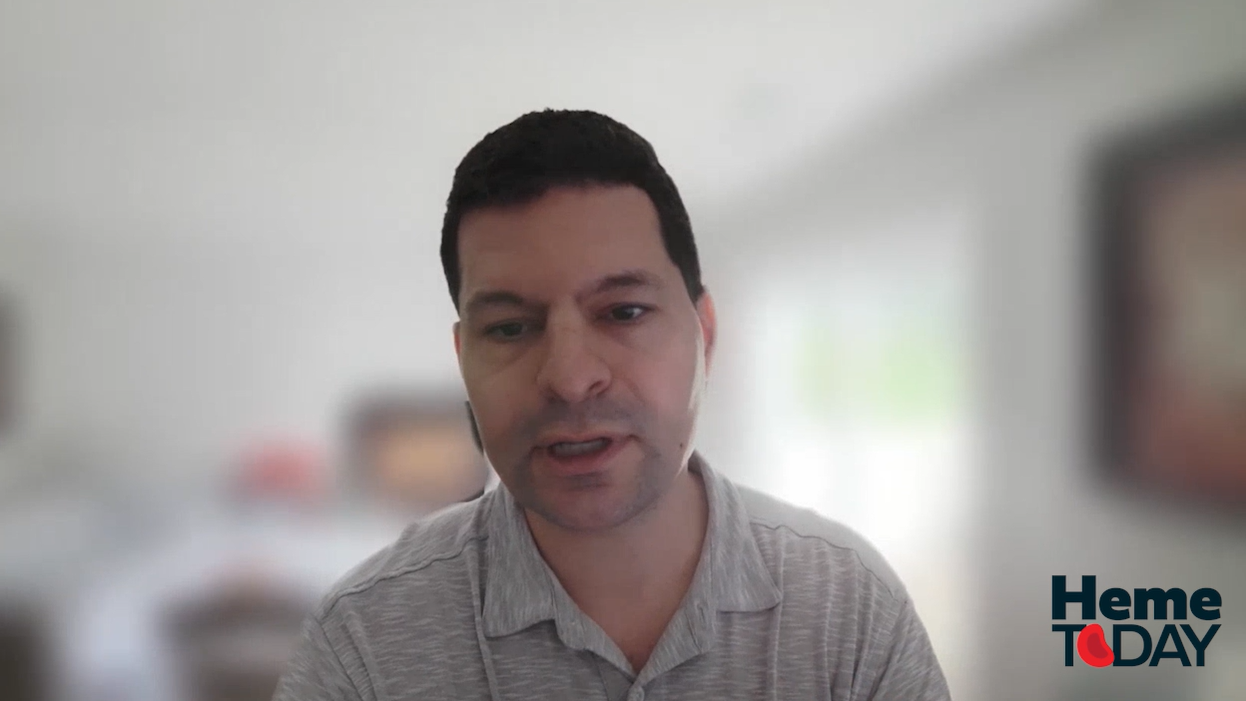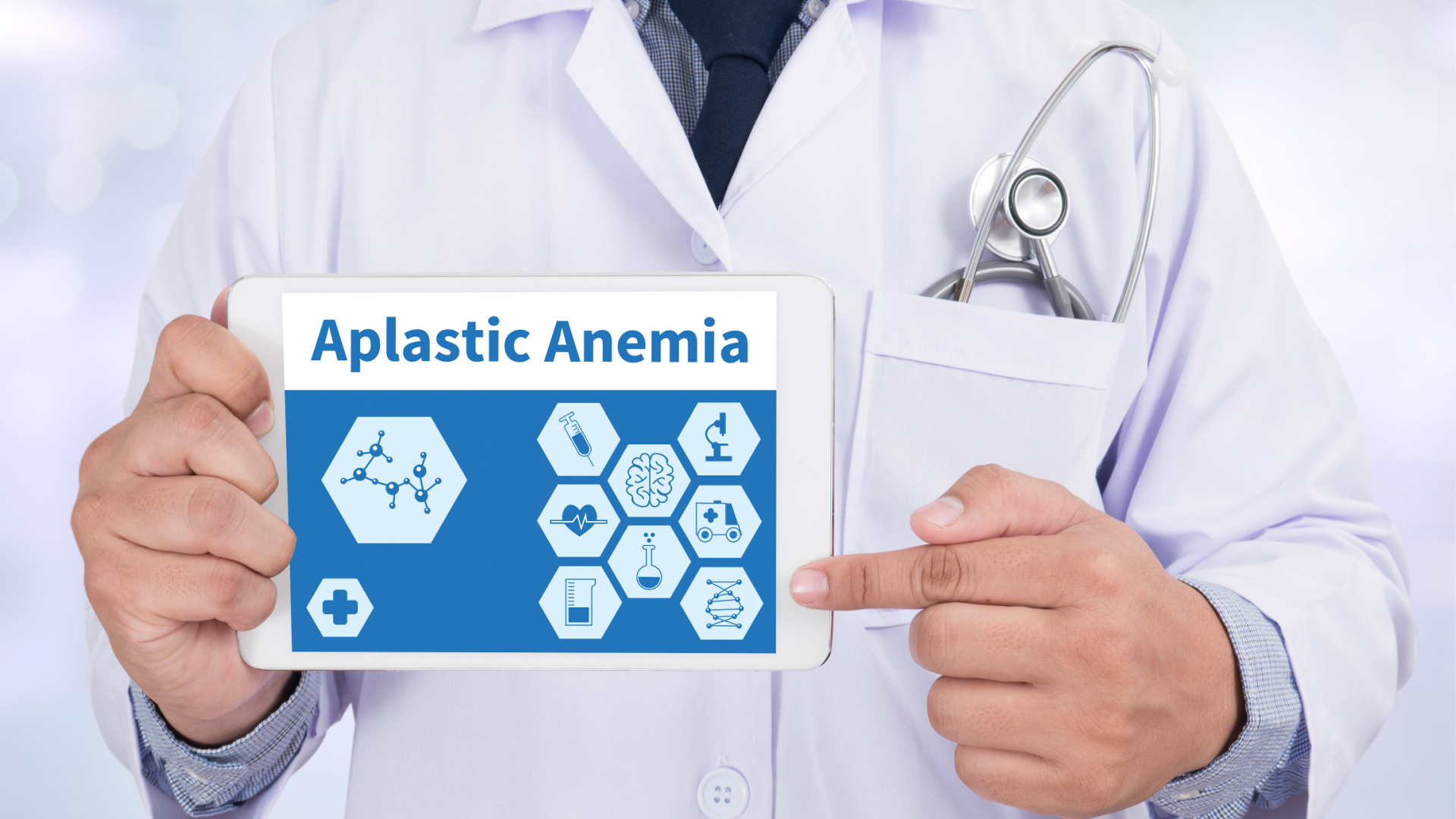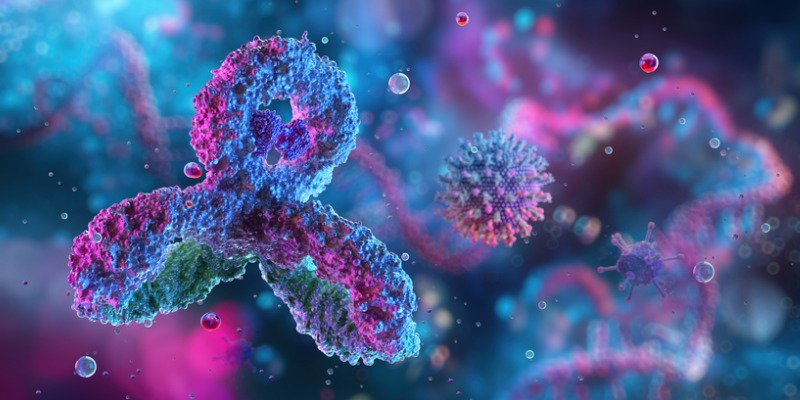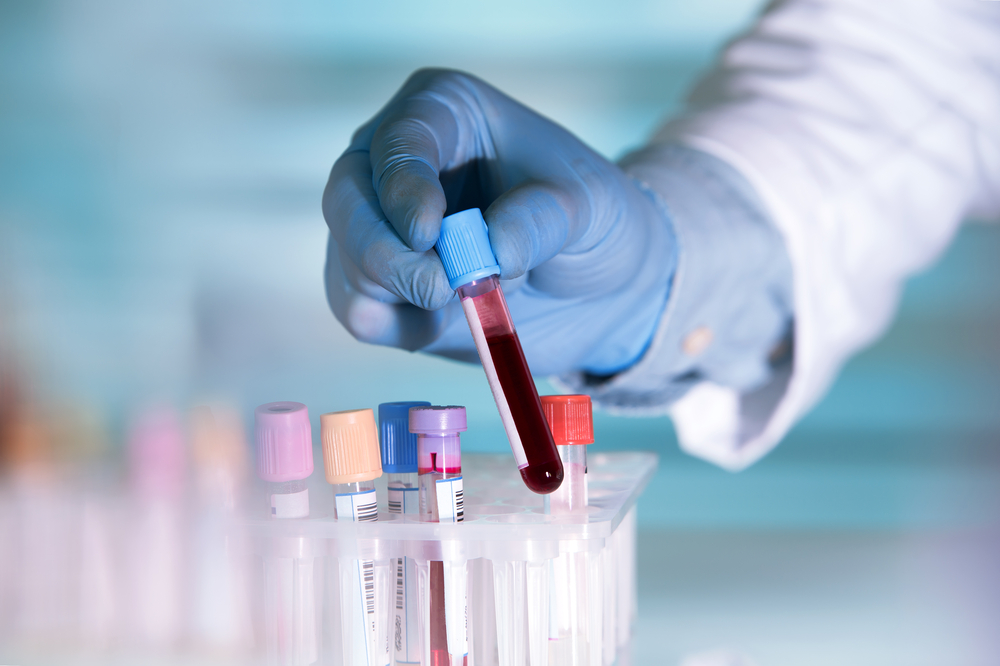
A recent study presents evidence that a novel antioxidant curcuminoid gel formulation, VAS-101, reinforces membranes, reverses oxidative injury, and fosters longevity in stored red blood cells (RBCs). The study was published in Scientific Reports.
“These findings strongly suggest the utility of VAS-101 as a potential additive rejuvenator (reagent) that could be used in the biopreservation and reversal of oxidative injury in human blood during storage,” according to Wayne Hicks, PhD, and colleagues, who performed the study.
Within RBCs that are stored for use in transfusion, hemoglobin oxidation reactions promote metabolic and physiologic changes that diminish the therapeutic efficacy and useful longevity of these cells. Together these changes are referred to as storage lesion.
The study evaluated VAS-101, manufactured by Vascarta Inc, as a means to counter such negative alterations that occur in stored RBCs. This formulation is composed of an RBC-biocompatible solvent serving as a vehicle for delivery of curcumin, which features prominent antioxidant effects, into the RBCs.
In the study, peroxide-treated RBCs, stored in dextrose-containing phosphate-buffered saline, were incubated with VAS-101. In the RBCs infused with the formulation, the investigators measured a reduction in pro-oxidant ferryl hemoglobin and recovery in adenosine triphosphate (ATP) levels.
As they monitored RBC membrane protein phosphorylation at Y359 and Y21 in the samples, the investigators found VAS-101 prevented band 3 tyrosine phosphorylation. It suppressed tyrosine residue phosphorylation by approximately 30% without alteration of band 3 proteins.
RBCs were also stored in Additive Solution Formula 3 for 28, 35, 42 and 49 days and received a single 100-µmol/L dose of the formulation at each time point. In these RBCs, the investigators observed reduced protein carbonylation and a marked recovery in ATP levels.
Over 35 days, the investigators saw only slight proteomic changes in the treated RBCs. However, they observed a downregulation in fibrinogen, which they noted could potentially reduce RBC aggregation.
Within a guinea pig analysis model, the investigators also found that treating RBCs with curcumin gel at the beginning of storage could lead to approximately 10% longer circulation for infused aged RBCs.
According to Dr. Hicks and colleagues, their study data “provide mechanistic insights and supportive animal data into benefits of treating stored RBCs with a novel curcuminoid formulation based on the biopreservation of RBC membrane integrity, redox balance, and increased longevity in circulation.”
Reference
Hicks W, Janna S, Kassa T, et al. Biopreservation and reversal of oxidative injury during blood storage by a novel curcumin-based gel formulation. Sci Rep. 2024;14(1):31441. doi:10.1038/s41598-024-82943-1







 © 2025 Mashup Media, LLC, a Formedics Property. All Rights Reserved.
© 2025 Mashup Media, LLC, a Formedics Property. All Rights Reserved.